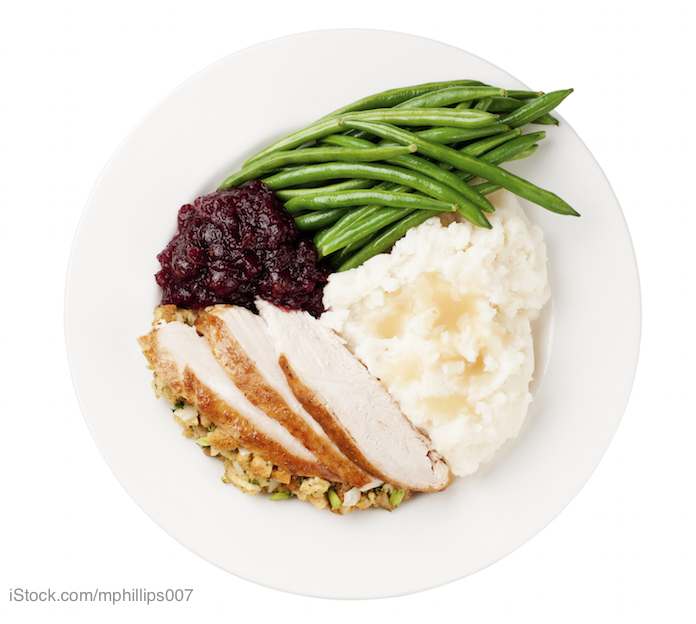The deadly food poisoning outbreak at the Thanksgiving dinner served at the Antioch American Legion was caused by Clostridium perfringens, according to Contra Costa Health Services (CCHS). Lab tests came back from the Centers for Disease Control and Prevention, confirming the bacteria in the food.

A community church served the food at that event. Some of the food was prepared in home kitchens. Clostridium perfringens bacteria is a common cause of foodborne illness outbreaks, especially when large amounts of food are served by inexperienced handlers.
Dr. Louise McNitt, deputy health officer for Contra County Health Services said in a statement, “Clostridium perfringens is one of the most common foodborne illnesses in the U.S. It can be found in the human intestine without hurting us, but eating food containing large amounts of this bacteria can cause illness and in some cases death.”
Three people died in this outbreak, and at least 25 people were sickened. “Our investigation was not able to determine exactly what people ate that made them sick,” said Dr. Marilyn Underwood, CCHS Environmental Health Director. “But after extensive interviews we found most of the ill people ate turkey and mashed potatoes and they all ate around the same time. Some dishes served at the event, including cooked turkey, were brought to the site after they were prepared in private homes.
“We’re saddened for the families that suffered losses this holiday season. We encourage anyone planning charity events where food will be served to the public to contact us to understand the permitting process and to learn about food safety,” Underwood continued.
To prevent these illnesses, food must always be kept and served at temperatures below 40°F and above 140°F. That temperature range is known as the “danger zone,” since bacteria can grow and produce toxins at those temperatures. And food should never be stored or served in very large containers. It is very difficult to keep all of the food in those containers at safe serving temperatures. Cold spots can easily develop in part of the food, and will harbor dangerous bacteria.
Anyone serving food to large groups of people should periodically check the temperature of the food with a reliable food thermometer. And all food should be thrown out after it has been at room temperature for two hours.
The symptoms of a Clostridium perfringens food poisoning include rapid onset of abdominal cramps, stomach pain, nausea, and diarrhea. These symptoms usually occur within 24 hours after exposure to the pathogenic bacteria.




